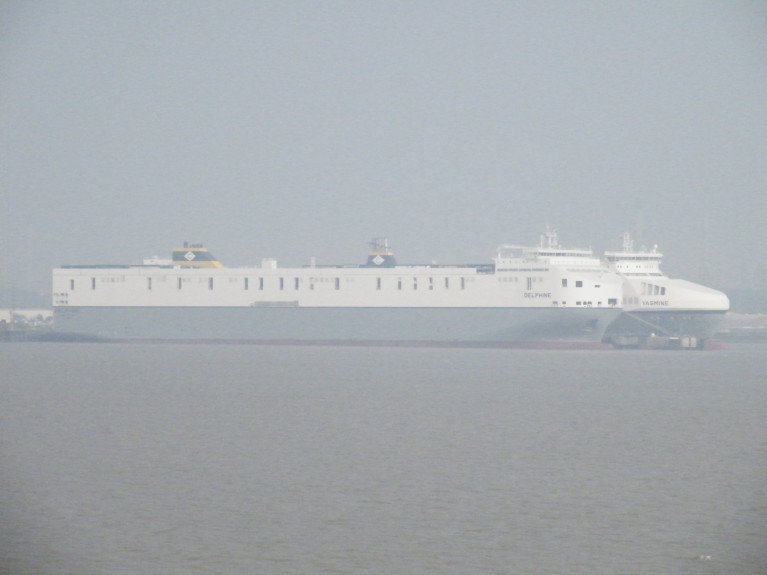Displaying items by tag: UKEU capacity
CLdN which operates Ireland-mainland Europe routes served by freightferry ro-ro 'Brexit-Busters' tonnage, is to step up preparations for the end of the Brexit transitional phase on 31st December 2020 by introducing additional capacity on its UK routes. (See: Brexit 'Freeports story).
As from last week, Multimodal reported, that 25% extra capacity was added on both the Rotterdam -London and Rotterdam - Humberside routes. In addition, and from week 42, an extra vessel will be deployed and thus a third daily sailing will be added on the Zeebrugge – London route to serve the growing demand.
Over the last months, CLdN have seen a steady growth in customer demand for its reliable, low cost and Brexit -proof unaccompanied freight product. Shipping unaccompanied trailers, (tank) containers, finished vehicles or project cargo between its own ferry terminals provides a ‘one stop shop’ to get goods shipped across the North Sea without running the risk of disruption.
In recent years, CLdN has invested heavily in a fleet of modern vessels with environmentally friendly credentials offering high capacities for freight crossing the North Sea, Irish Sea and Bay of Biscay. The company has maintained its regular sailing schedules on all routes throughout the difficult Covid period and is there to serve the market with robust and reliable products going forwards.
CLdN plays an essential part in the logistics of all types of goods on a network of services among them as alluded in the introduction the Irish services which are Dublin-Zeebrugge-Rotterdam. (Afloat.ie adds a lo-lo service is also maintained by the containership Arx which today is at anchorage In Dubin Bay during a routine layover in between sailings).
In total the network of short sea services connects the following European ports; Rotterdam (NL) and Zeebrugge (BE) to London (UK), Humberside (UK), Liverpool (UK), Dublin (IE), Cork (IE) as well as Santander, (ES), Porto (PT) Gothenburg (SE) and Esbjerg (DK).




























































